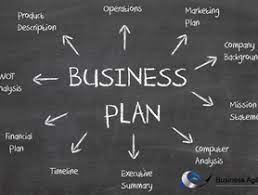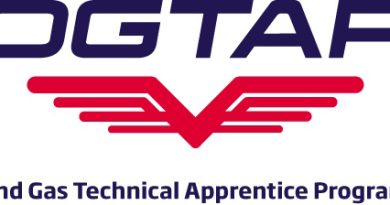4 Ways to Deal With High Interest Rates in Every Part of Your Business
hanks to inflation and the Federal Reserve’s response, interest rates are now at their highest levels in 15 years. The nationwide average for 30-year mortgages is over 6%, credit card rates have gone north of 23% and even the federal government is paying close to 5% on an annual basis to borrow for a few weeks at a time.
Many business owners have never seen such high rates — so how should they handle them, or even take advantage?
Finding creative ways to raise capital
Higher interest rates make raising capital harder since investors will require a return that exceeds what they can find in the public markets. Businesses may not have much choice about the amount of working capital they need, but it might make sense to postpone large long-term projects until the upfront cost of funding drops.
It’s also worth exploring less conventional ways of getting projects off the ground. Some companies may be able to barter with suppliers for the resources they need, like a food service operation offering to stock a supplier’s cafeteria. Others may be able to sell equity in specific projects by paying funders based on the project’s revenue, such as a construction company paying out a share of the revenue from a toll road.
Sweetening sales without payment plans
Financing for major purchases becomes less attractive when interest rates are high. Consumers don’t want to make big payments, and businesses don’t want to subsidize payments below the market rate. So instead of offering payment plans with low or zero interest, businesses that sell high-value items like furniture and cars can try other sweeteners that may cost less in the long term — extra features, premium materials, bundle deals, etc.
Consumers may also be more apt to accept payment plans with floating interest rates if they believe rates will eventually fall. Floating rates protect businesses by following the overall market for credit. It’s important to remember that they also require a lot more effort to implement; payment amounts can change as often as every month.
Earning a return on earnings
Though the early years of the Covid-19 pandemic were difficult for many businesses, others earned record profits. Companies in energy, insurance and hotels were among the most profitable and the private sector as a whole retained tens of billions of dollars in earnings in addition to the money they returned to their investors.
When interest rates are high, spending these earnings on projects can become less attractive. Keeping the cash in the bank or in securities may actually offer a better return, without creating the tax burden that investors would face if they received the cash as dividends. This is particularly true for companies that expect interest rates to fall in the near future, as well as those that might want an extra cushion against falling demand.
Pushing back purchasing
At the beginning of the pandemic, some businesses took advantage of low prices by signing long-term contracts with suppliers. Others bought in bulk to store inputs for the future. As inflation took hold, these looked like very good decisions indeed. Now we are in the opposite situation — large purchases may look like a bad idea at the moment, especially if they require financing.
Yet there are some subtleties here. Suppliers face higher interest rates, too, which can lead them to carry smaller inventories and make the supply chain more fragile. So when other pressures on supply chains ease during a period of higher interest rates, it can still be a good time to stock up on inputs.
In addition, higher interest rates have had differing effects on exchange rates. When the Fed started raising short-term rates, the dollar appreciated against most major currencies; investors demanded more dollars as returns on American financial assets rose. The dollar gave back some of those gains as the world’s other central banks caught up to the Fed, but it is still considerably more valuable in some markets. For example, the dollar is worth about 7% more Chinese renminbi now than it was a year ago. Businesses with suppliers in China may want to buy before this appreciation vanishes as well.
Hiring on the edges of the labor market
Having recently recorded the lowest unemployment rate in more than half a century, the labor market remains extremely tight. Yet there is reason to believe that higher interest rates will start pushing more people back into the labor force. Americans built up more than $2 trillion in extra savings during the pandemic, but that cash pile was cut almost in half by the end of last year.
Even with higher interest rates on saving, households that are facing steeper payments on credit cards, cars and mortgages — as well as higher prices — are looking for ways to earn extra income. Our network of flexible workers more than doubled in size last year, and about three-quarters of the flexible workers on our platform used their extra income to pay for essentials, according to estimates in our State of the Flexible Workforce report.
So even though full-time workers may be hard to come by, higher interest rates are expanding the pool of flexible workers eager for more hours. We’re living through an unusual moment in economic time, but it comes with its own opportunities.
Source: entrepreneur.com
Cc: Daniel Altman



